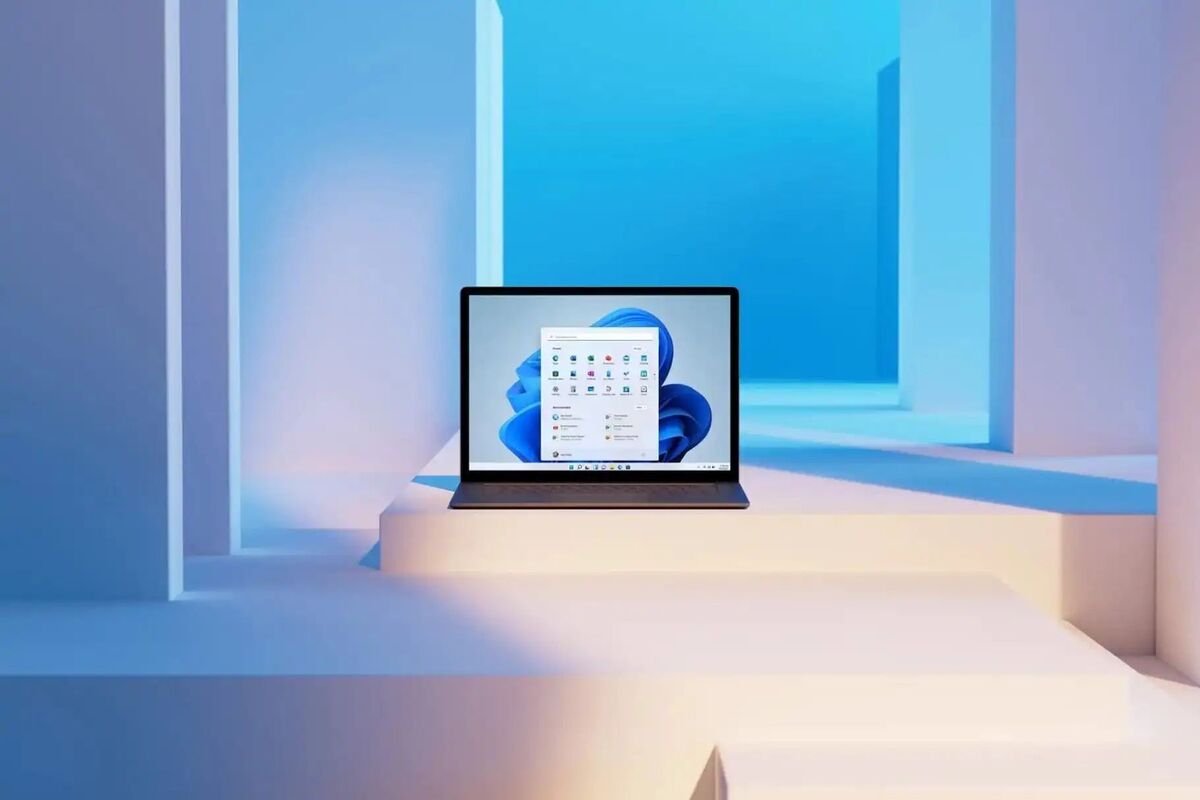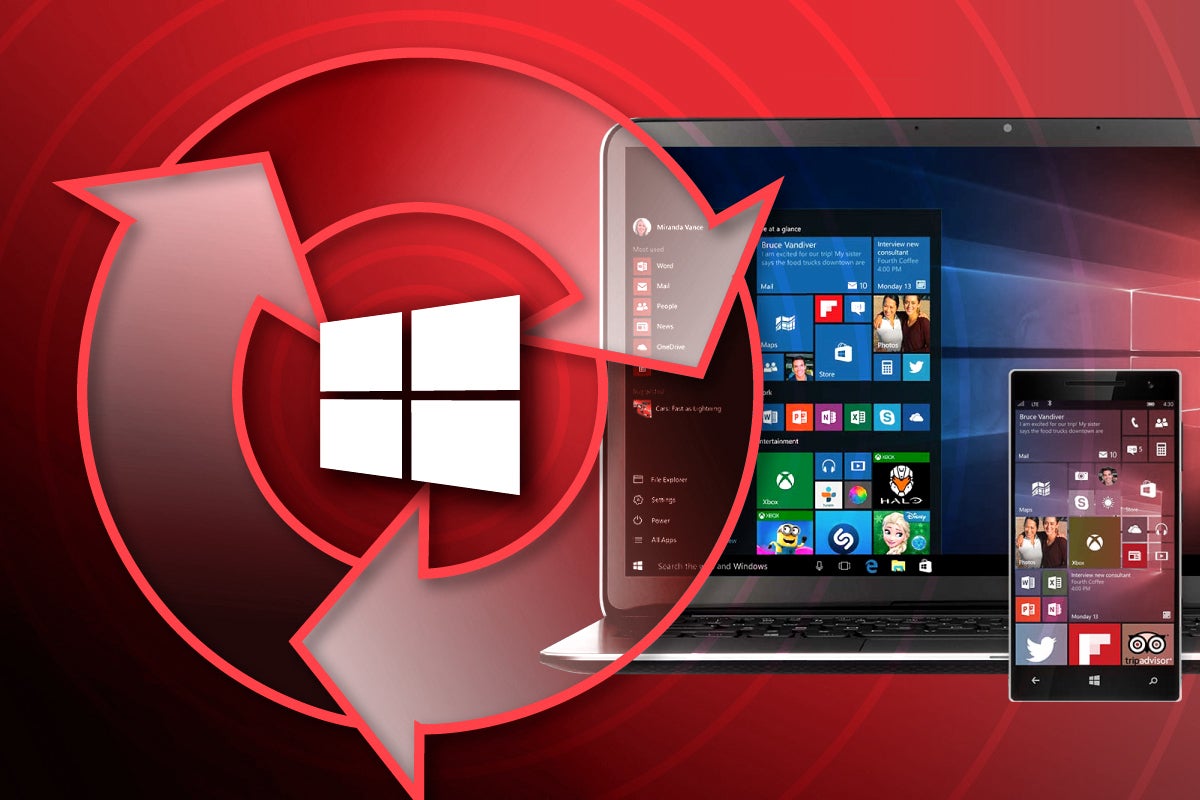You could call today Patch-Tuesday Eve. It’s the day before Windows machines get offered updates from Microsoft. What should you be doing to prepare?
It depends on what kind of computer user you are.
If your files are stored in the cloud
You keep everything in the cloud, you use a Microsoft account, you don’t mind reinstalling your OS if need be. Your data is protected by a username and a password, and if you are savvy, your data is protected by two-factor authentication.
Prior to Patch Tuesday, you might decide you don’t need to back up your computer system since you know if something happens to your computer, you can reinstall the operating system and merely reconnect to your various online storage services. You’ve double-checked that all cloud services you use have file versioning enabled, so if you need to roll back to a prior version of a file, you can do so.
To read this article in full, please click here






